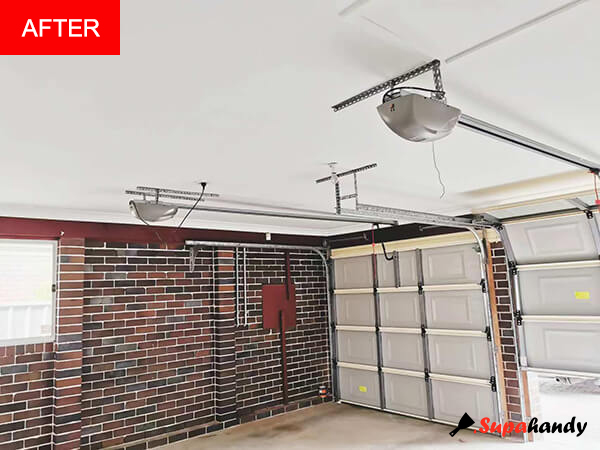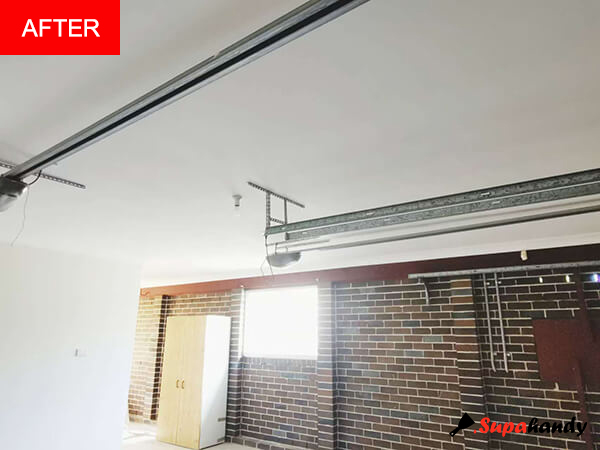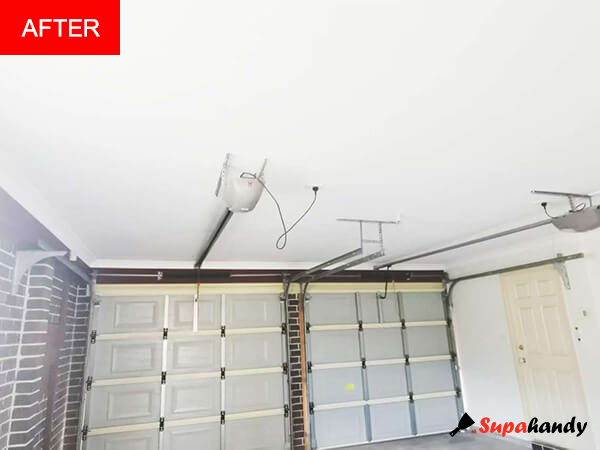The ceiling of this double garage was noticeably sagging in several areas. The customer was perplexed about the cause. There were no leaks or visible water stains on the roof, but the plasterboard ceiling sagged and cracked. On our experience, this type of damage has actually become a widespread problem in many garages.
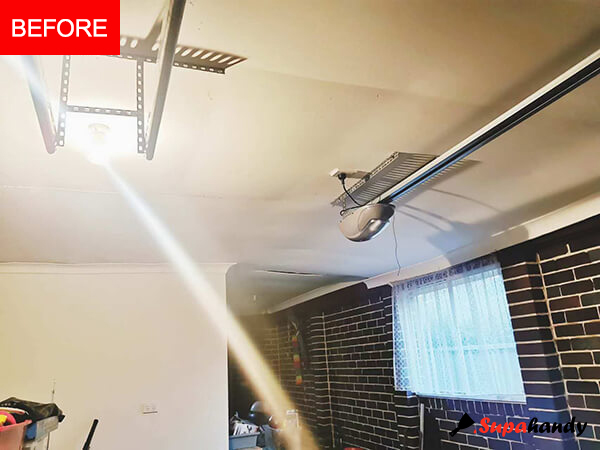
repair
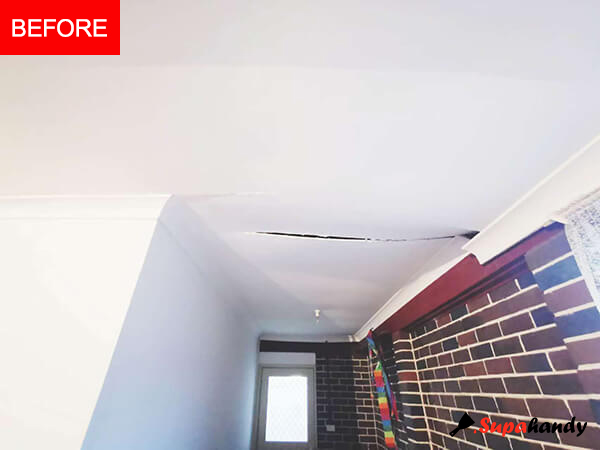
In this article, we share our insights based on years of experience restoring sagging garage ceilings, hoping to provide enlightenment and assistance.
Why do garage ceilings sag?
We know that fully enclosed garages are designed as interior rooms with doors and windows. However, garage ceilings are exposed to diverse environmental conditions.
Garages may encounter the following:
- Wind loads during construction may damage adhesives.
- The operation of doors may adversely affect the nail joints and harm the adhesive bond.
- Changes in the direction of the frame may cause plasterboard to lack sufficient support.
- Moisture and high humidity in the garage may cause poor joint performance.
This special environment actually requires architects and plasterers to employ details in a different way to better secure the ceiling plasterboard.
How to Better Avoid Garage Ceiling Sagging
From Gyprock Red Book Volume 2, Gyprock Red Book #2 Residential Installation Guide (year 2020) (see pages 72-73 ), the following special details can be found to ensure the quality of garage ceiling installation:
- Use a method of fixing plasterboard with 1/3 spacing or full fastener (see the table below).
- Choose screws for fixing the ceiling, rather than nails.
- Use a trimmer in the board width direction for support.
- Use Back-block at all joints in the garage ceiling.
- Use high-quality wallboard sealant and two coats of paint.
- Use Gyprock wet area primer or Ultra-Base MR 60 as the joint system in humid areas.
| Plasterboard Width(mm) | Minimum Number and Placement of Adhesive Daubs and Fasteners across sheet | |
| Conventional Spacing | 1/3 Spacing | |
| 900 | F A F/F A F | F A F A F |
| 1200 | F A A F/F A A F | F A F A F A F |
| 1350 | F A A F/F A A F | F A F A F A F |
Notes: F=Fastener; A=Adhesive Daub ; F/F = 1 Screw or 2 Nails at 50-75mm apart
Other Details to Consider
Based on my experience, a 600mm ceiling gap has become the standard for all residential construction, including internal and exterior. While 600mm is only the MAXIMUM framing centres for interior ceilings in accordance with AS1684 and Gyprock The Red Book. Smaller spacing, like 420mm, is more suitable for garage ceilings and (half) opening ceiling, like eaves, alfresco and verandas.
Additionally, based on our years of property maintenance experience, a 13mm standard plasterboard is more performant than a 10mm ceiling gypsum board, better able to prevent sagging or water damage to the ceiling.
Hopefully, more carpenters or construction workers can be aware of these subtle differences, cause these small differences can have a significant impact on the quality of construction property.
Reference:
